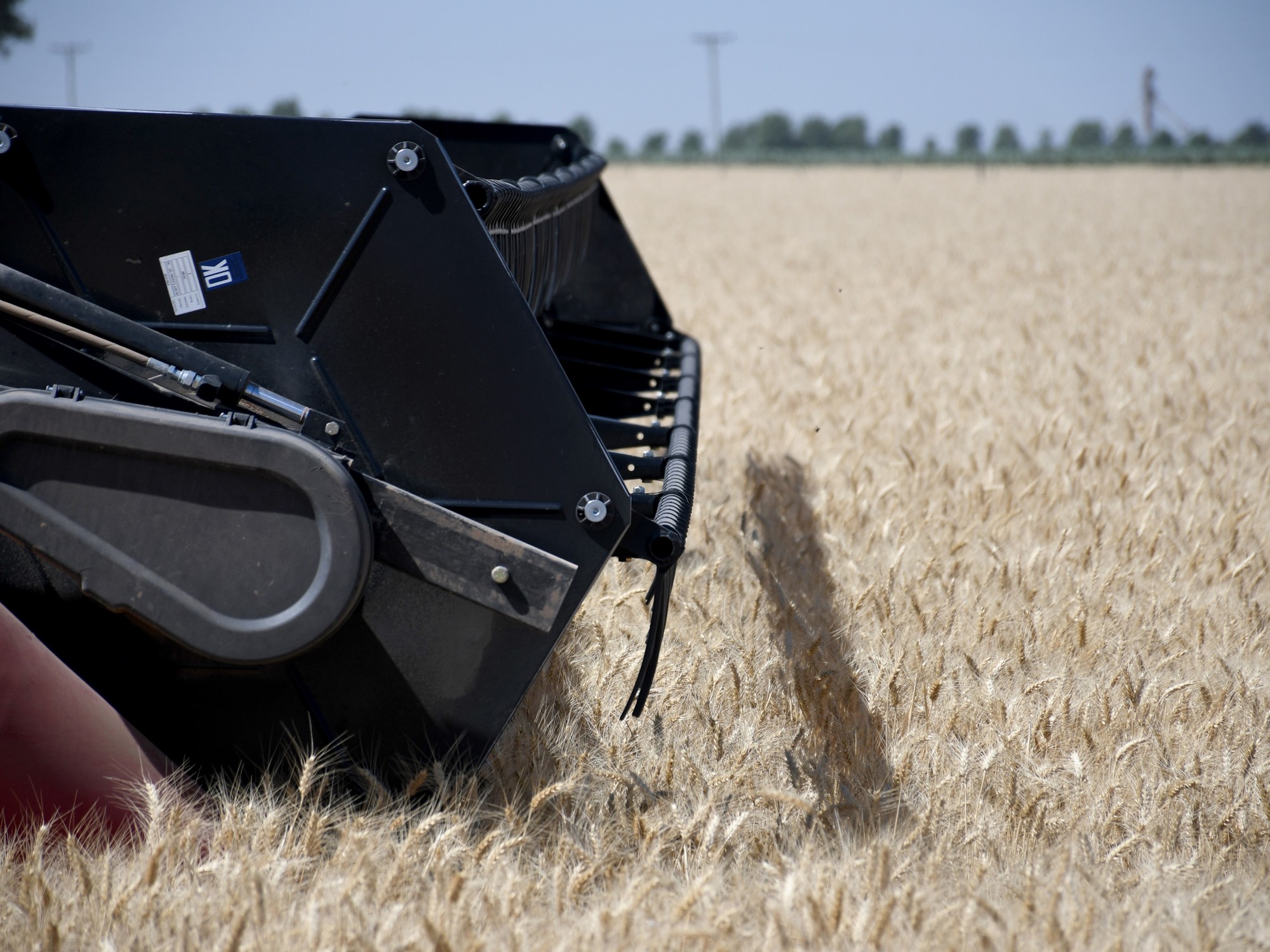
The Rosario Stock Exchange (BCR) has revised its wheat production forecast upward from 23 to 23. 24.5 million tonsa new historical record of this crop. The 1.5 million ton increase from October to November is much higher than originally expected in July, when production was expected to reach 20 million ton. The entity’s report also details that the national average yield of 37.7 quintals per hectare on a planted area of 6.9 million hectares is also a record.
The GEA-BCR team recorded a positive revision in planted area based on the first satellite survey, but the loss of more than 400,000 hectares due to excess water remains. “If the 2021/22 campaign with 23Mt was a super wheat campaign, the current campaign would be a mega campaign,” the report said. By comparison, current production is 6.5% higher than previous records, with an average yield increase of 2.7 qq/ha.
Harvest is 15% ahead, with historic yields in three major wheat states. In Buenos Aires, it will reach an average of 40.8qq/ha, which could exceed the 39.5qq in the 2021/22 season. In Cordoba, yields reached 36.8 qq/ha and in Santa Fe, 42.2 qq/ha, surpassing the previous record of 40.6 qq/ha set in 2010/11.
Significant results have also been observed in other regions. In Chaco, yields converge between 27 and 28 qq/ha, while in Santiago del Estero, yields range between 23 and 24 qq/ha, with a strong contrast between north and south. The first plots harvested in Sacanta (Córdoba), in the northern part of the Pampas region, had yields of 60-65 qq/ha, with the best plots reaching up to nearly 80 qq/ha. In Entre Ríos, initial yields of 50-60 qq/ha have been recorded, and in central Santa Fe 35-40 qq/ha.
The BCR report attributes these exceptional results to a combination of climatic and technological factors. In addition to the appropriate humidity conditions for autumn sowing, Abundant rains in July and August create excellent conditions for grain expansion in the spring.the temperature is low and the amount of solar radiation is high.
Although the extreme cold of October 28 caused concern, the damage was limited to areas such as Piguet, d’Alegueira, and La Pampa districts, and the incidence was low and unique. In parallel, investments in technology were also decisive. The use of high-quality seeds, hygiene, and fertilization were outstanding, as well as fertilization to help compensate for losses from leaching in years with heavy rains.
As harvest progresses and soybean and late corn plantings overlap, excess water and poor rural road conditions are causing concern among growers. Rainfall on November 11 and 12 totaled 10 to 30 mm in Buenos Aires, 42 mm in Chobe (Santa Fe), and up to 30 mm in La Pampa, making access to the plots difficult.
The report warns that The key will be for good weather to continue for the next 15 to 20 days. Complete the threshing of wheat. Forecasts indicate that rain will become less frequent and more dispersed, but the abundance of moisture that has accumulated in central Buenos Aires, southern Brazil and northeastern Argentina could lead to severe storms well into December.
These figures solidify the 2025/26 wheat campaign as a milestone for Argentina’s agricultural production, demonstrating the grain’s potential as a driver of foreign exchange and technological investment in the countryside.



